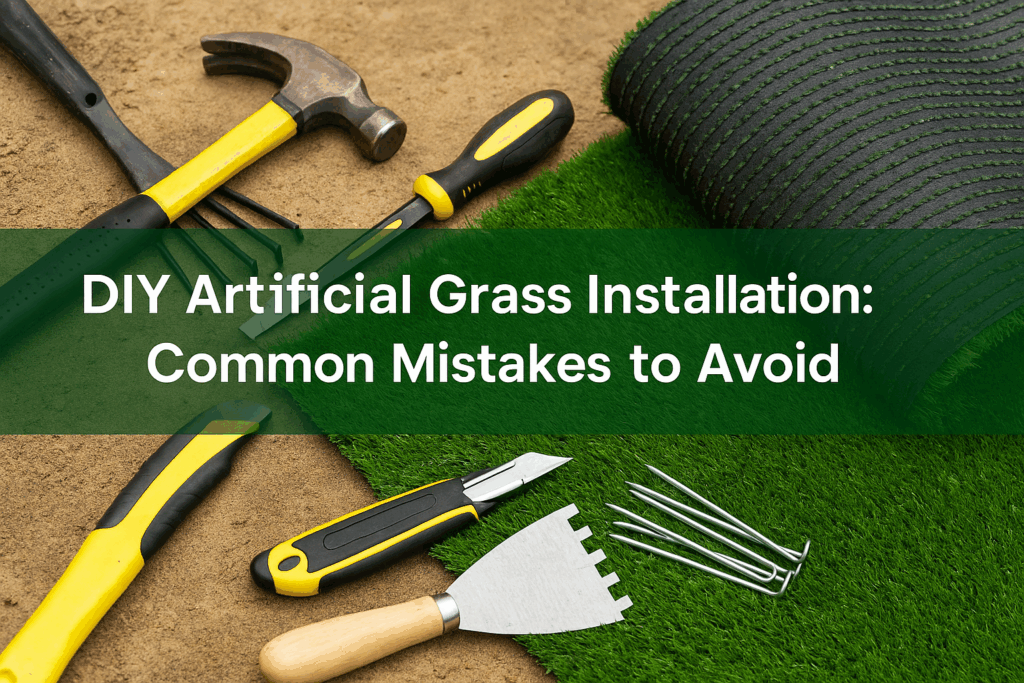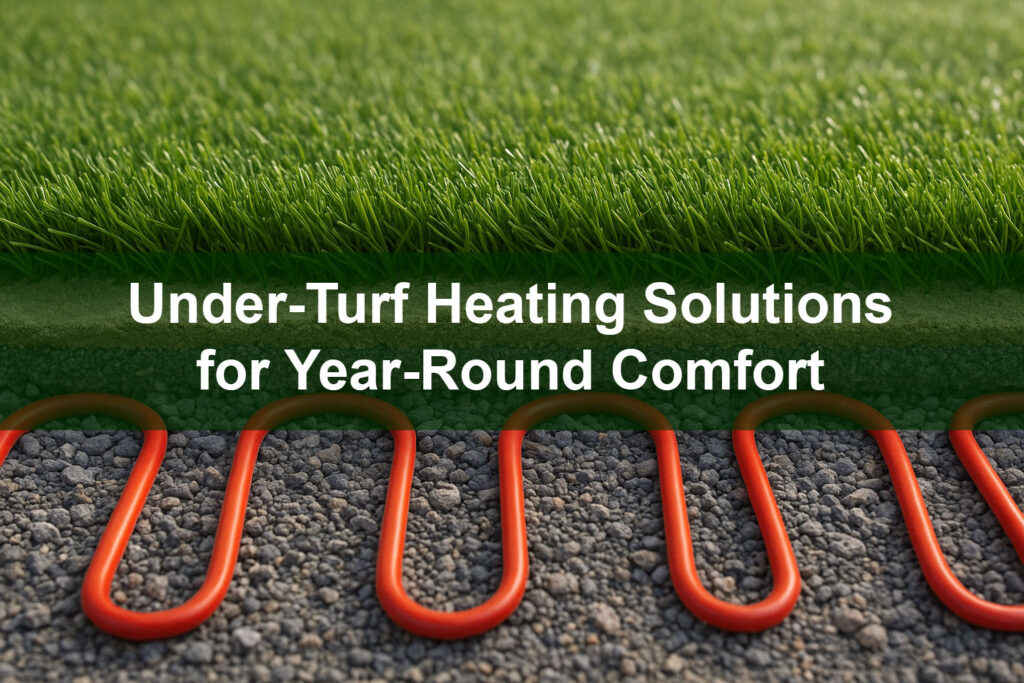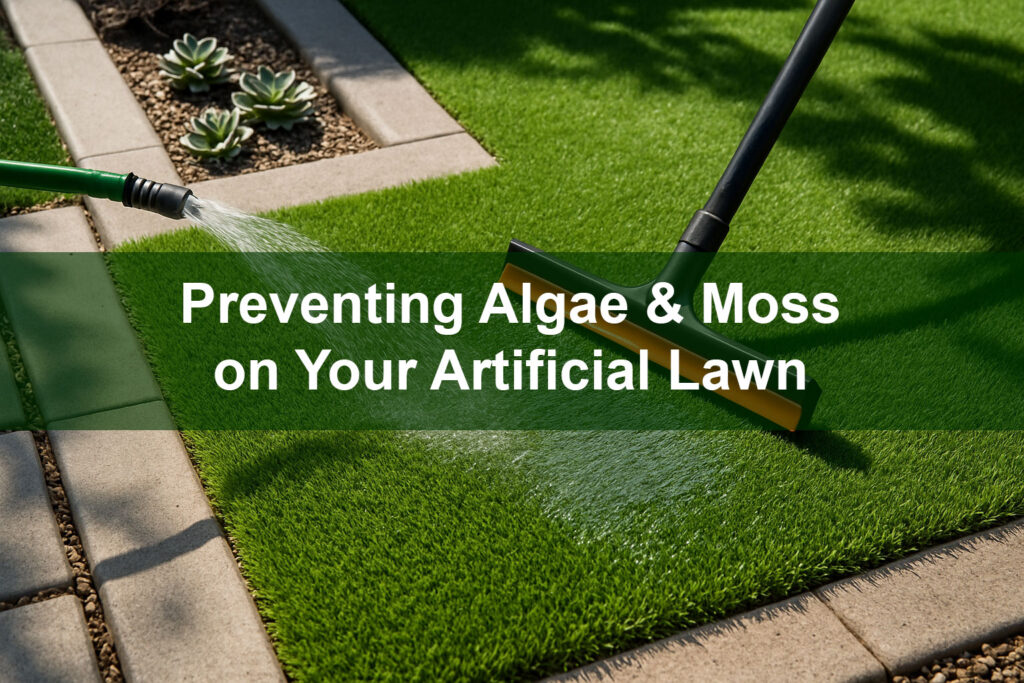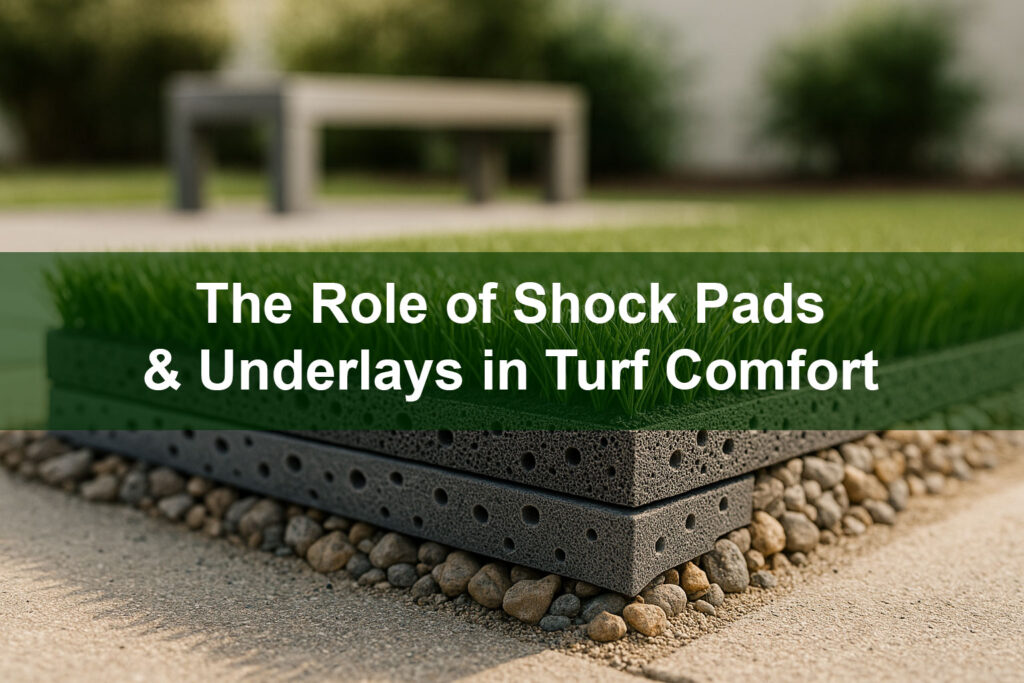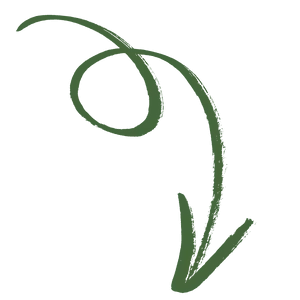DIY Artificial Grass Installation: Common Mistakes to Avoid
Installing artificial grass yourself can save on labor costs and give you direct control over the look of your lawn. However, skipping key steps or using improper techniques can lead to poor performance, early wear, and even costly rework. This guide highlights the most common DIY mistakes and shows you how to avoid them for a professional-quality finish.
Whether you’re tackling a small backyard patch or covering a large commercial area, careful planning and attention to detail are essential. Read on to learn where DIY installers often go wrong—and how to get it right the first time.
What You’ll Learn in This Guide:
- Why accurate measurements matter
- How to prepare a stable base
- Key drainage considerations
- Best practices for seaming and securing turf
- Proper infill application techniques
- Essential grooming and maintenance tips
1. Inaccurate Measurement & Planning
Many DIYers underestimate the importance of precise measurements. Cutting artificial turf too short or ordering too little material can leave gaps or force awkward seams. Always measure length and width at multiple points—account for slopes, curves, and waste—then order 5–10% extra turf to cover mistakes or future repairs.
2. Poor Base Preparation
A solid, level base is critical. Skipping compaction or using an uneven aggregate base can cause lumps, dips, and uneven drainage. Excavate at least 3–4 inches of soil, lay a layer of crushed stone or decomposed granite, compact with a plate compactor, and ensure a slight slope (1–2%) for water runoff.
3. Neglecting Drainage Solutions
Natural grass depends on soil absorption, but synthetic turf requires its own drainage path. Failing to install a permeable base or drainage pipe can result in standing water and algae growth. Use a free-draining aggregate base and consider installing perforated French drains or catch basins in areas prone to heavy rain.
4. Incorrect Seaming & Edging
Loose seams and unrestrained edges are a frequent DIY pitfall. Turf sections must be joined with high-quality seam tape and adhesive—never staples alone. Secure edges using galvanized stakes or landscape edging to prevent curling. Poorly aligned seams lead to visible lines and premature wear under foot traffic.
5. Improper Infill Distribution
Infill supports the grass fibers and improves drainage and stability. Applying too little infill can cause turf matting and heat pockets, while too much can make the surface stiff. Spread infill—silica sand or walnut shell—at the manufacturer’s recommended rate, then power-broom the turf in multiple directions so granules settle evenly.
6. Skipping Grooming & Maintenance
Even synthetic turf benefits from periodic grooming. Neglecting brushing leads to flattened blades and uneven wear. Use a stiff nylon broom or power brush every 1–3 months—more often in high-traffic or pet areas—to lift fibers, redistribute infill, and maintain a natural appearance.
7. Ignoring Climate & UV Protection
Artificial grass products vary in UV resistance and temperature tolerance. Installing a non-UV-treated turf in full sun can cause rapid fading and brittleness. Select a UV-protected grade and consider infill that stays cool underfoot—particularly in hot climates—to avoid heat-related damage.
8. Overlooking Manufacturer Guidelines
Each turf product has specific recommendations for base depth, infill type, and installation methods. Skipping these guidelines can void warranties and shorten turf life. Always review and follow the manufacturer’s instructions—downloadable from most product pages on Buy-Grass.
9. DIY Tool & Equipment Shortcuts
Rent or buy proper tools: plate compactors, power brooms, turf cutters, and landscape stakes. Using makeshift tools prolongs installation time and risks damage. Many local rental centers carry compactors for aggregate bases and brush machines for infill—investing in the right equipment pays off in faster, cleaner installs.
10. Not Planning for Long-Term Maintenance
Failing to establish a maintenance routine results in early wear and unsightly turf. Schedule seasonal brushing, debris removal, and infill checks. Bookmark our maintenance guide for detailed care steps and service recommendations to protect your investment.
Conclusion & Next Steps
A flawless DIY installation hinges on careful planning, proper base preparation, and adherence to best practices. Avoid these ten common mistakes to ensure your artificial grass looks professional and lasts for years. When in doubt, consult with our certified installers at Buy-Grass for expert advice and support.
Ready for a Flawless Installation?
Contact Buy-Grass today to get professional tips, rentals, and installation services tailored to your project.

